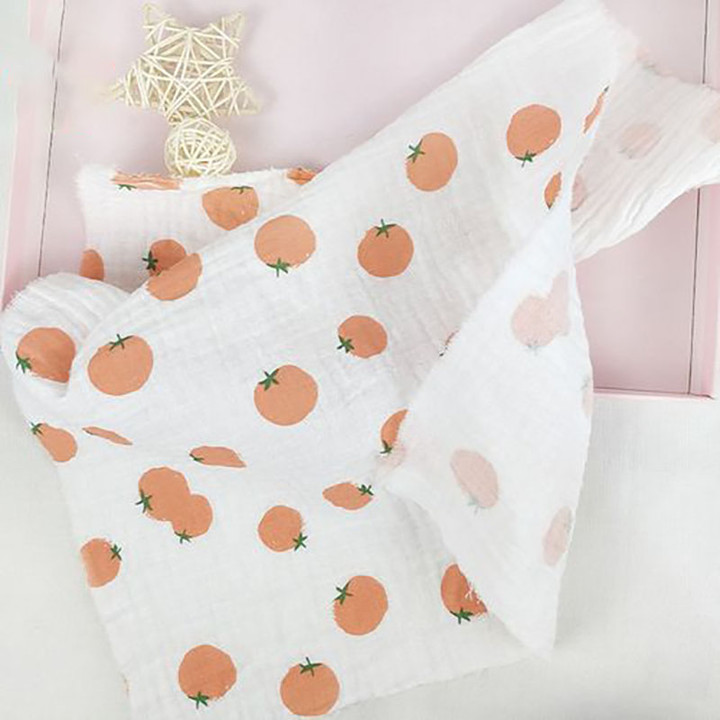
In recent years, double rib dyed knitted fabrics have attracted widespread attention in the textile industry. This innovative design not only enhances the aesthetics of the product, but also helps improve the functionality of the fabric. First of all, the double rib dyeing process can effectively combine a variety of colors and textures, making the final product richer and more attractive to consumers. Next, we will explore the development of this design trend from a chronological perspective.
In the early days, double rib knitted fabrics were mainly in a single color and the design was relatively simple. However, as consumers' demands for fashion and personalization increase, industry experts begin to explore more complex dyeing technologies.

With the continuous innovation of dyeing technology, the production efficiency of double rib dyed knitted fabrics has been significantly improved. At this stage, designers began to try to use a variety of color combinations to create fabrics with a strong sense of layering. Designs such as gradient effects and patterns have become popular options on the market, greatly enriching the market options for products.

Looking to the future, double rib dyed knits will continue to make a mark in the fashion world. As the concept of sustainable development becomes more and more popular, the use of environmentally friendly dyes will become a new trend, leading the entire industry to develop to a higher level. Designers will continue to introduce new products to meet the diverse needs of the market.

The innovative design trend of double rib dyed knitted fabrics is not only the advancement of textile technology, but also the result of changes in market demand. Through richer colors and textures, brands can offer more diverse product choices and gain a foothold in a highly competitive market. Expect future designs to be more trend-setting and sustainable.

In today's ever-changing era, keeping up with design trends and grasping market dynamics will be a required course for every industry participant.
